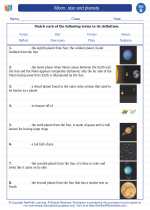What is Cork?
Cork is a type of bark that comes from the cork oak tree (Quercus suber). It is a natural, lightweight, and buoyant material that is commonly used for a variety of purposes, such as wine stoppers, bulletin boards, flooring, and insulation. Cork is unique because it is impermeable to liquids and gases, resistant to fire, and has a unique cellular structure that gives it a high elasticity and compressibility.
How is Cork Harvested?
Cork is harvested from the cork oak tree by carefully stripping away the outer bark. This process is done by hand and requires skill and precision to ensure the tree's health and sustainability. After the cork bark is removed, the tree will naturally regenerate its bark, making cork a renewable and eco-friendly material.
Uses of Cork
Cork has a wide range of uses due to its unique properties. Some common uses of cork include:
- Wine stoppers: Cork's impermeability makes it an ideal material for sealing wine bottles.
- Insulation: Cork's cellular structure and fire resistance make it a great insulating material for homes and buildings.
- Flooring: Cork flooring is popular for its durability, comfort, and natural beauty.
- Bulletin boards: The compressibility of cork makes it perfect for pinning notes and messages.
- Fashion and accessories: Cork is also used in fashion and accessories, such as bags, wallets, and jewelry.
Benefits of Cork
There are several benefits to using cork:
- Eco-friendly: Cork is a sustainable and renewable resource.
- Lightweight: Cork's low density makes it easy to handle and transport.
- Insulating: Cork has excellent thermal and acoustic insulating properties.
- Resilient: Cork is durable and has a natural resistance to wear and tear.
Study Guide
Here are some questions you can use to study and test your knowledge about cork:
- What is cork and where does it come from?
- How is cork harvested and why is it considered a sustainable material?
- List three common uses of cork and explain why it is ideal for each purpose.
- What are the benefits of using cork compared to other materials?
- Research and write a short essay on the importance of cork oak trees and the impact of cork harvesting on the environment.
◂Science Worksheets and Study Guides Second Grade. Moon, star and planets
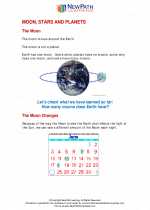
 Activity Lesson
Activity Lesson
 Worksheet/Answer key
Worksheet/Answer key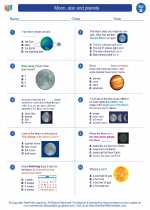
 Worksheet/Answer key
Worksheet/Answer key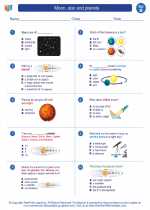
 Worksheet/Answer key
Worksheet/Answer key
 Vocabulary/Answer key
Vocabulary/Answer key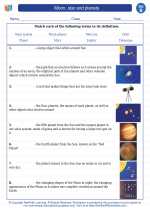
 Vocabulary/Answer key
Vocabulary/Answer key